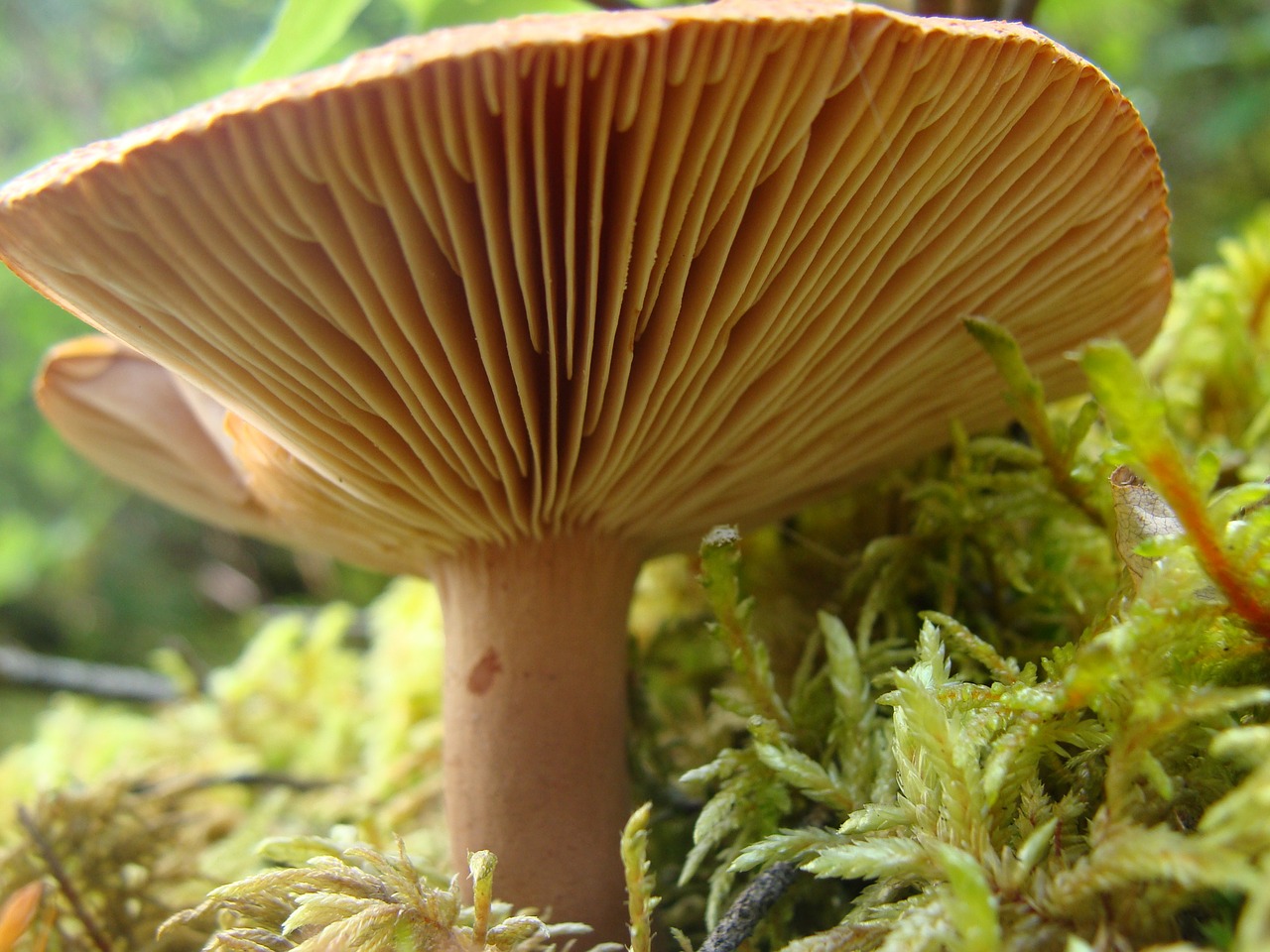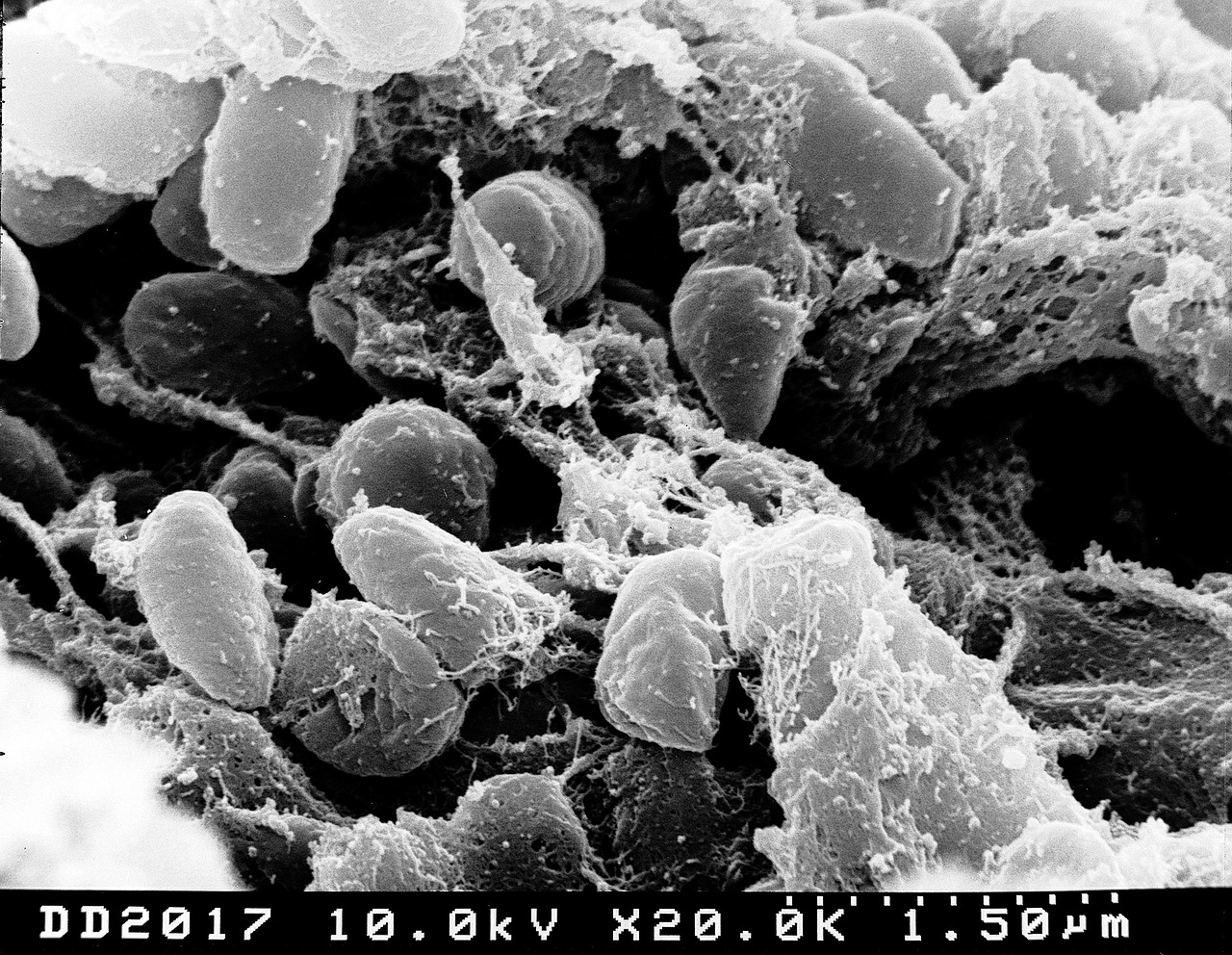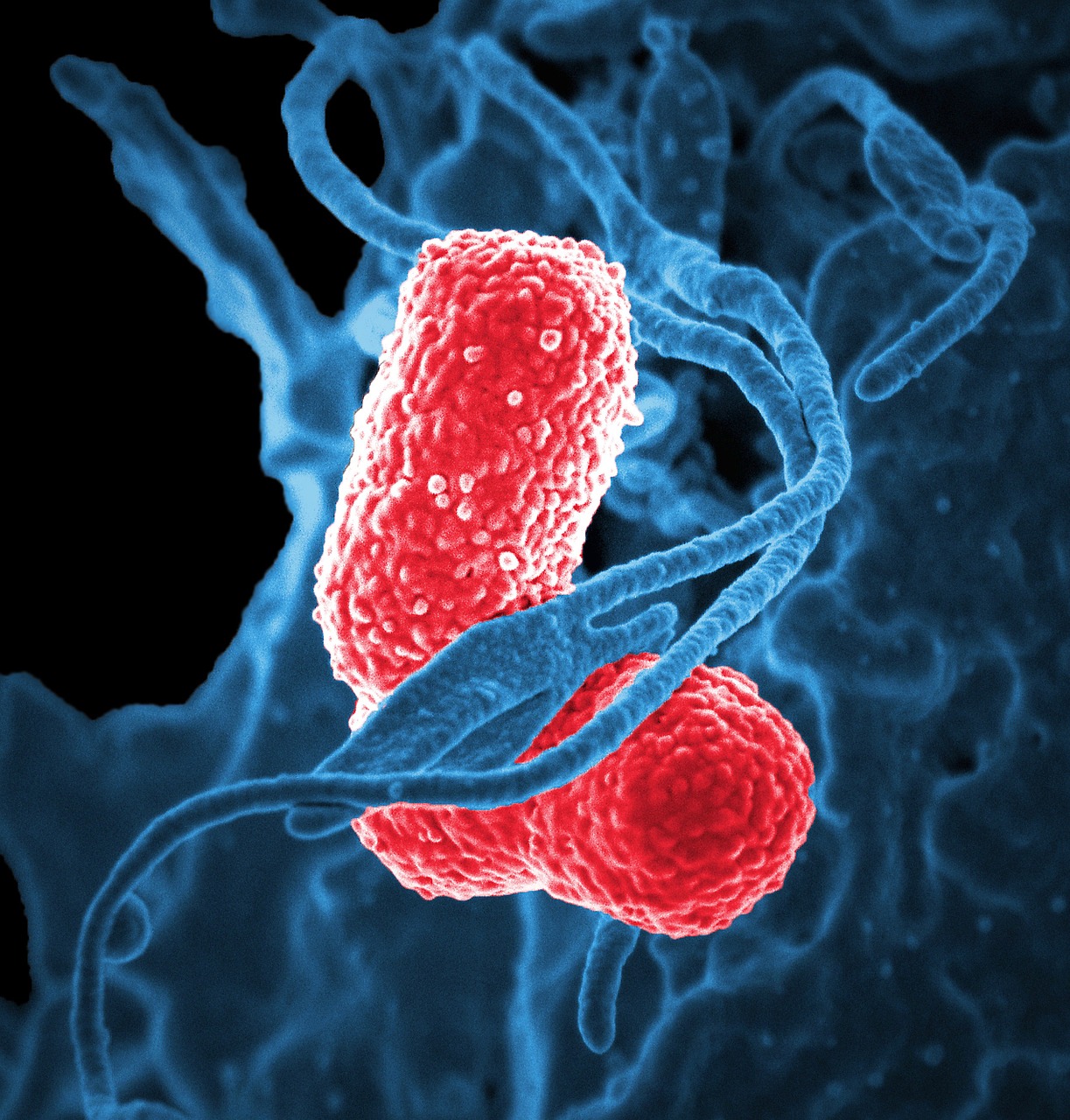We, as humans, are multicellular organisms. If a sliver of skin was removed from your arm right now and placed under a powerful microscope, a number of cells would be seen. It would make for an interesting view. However, there are some creatures here on this planet that are unicellular. Unicel
There’s a fungus among us! Or, to be more formal, there are many fungi within our vicinity! Fungi are as much a part of our everyday life as the air we breathe. One of the most common and recognizable types of fungi are mushrooms. Some of these are edible and others can do us great [&h
Virus is the infectious micro-organism that possesses malicious properties of affecting human body. These microscopic organisms spread easily everywhere, usually from person-to-person or due to exposure to body fluids, such as blood, sweat, mucous or saliva. The diseases caused by the viruses are al
Children are taught to fear germs, and as a result, many people grow up with a poor understanding of microorganisms. Most people do not realize that most microscopic organisms are not pathogenic and that they are an important part of the food chain. Without so-called “good bacteria”, there w
An epidemic is a period of higher than normal incidence of an infectious disease. The number of cases does not need to be enormous, just higher than normal, for it to be considered an epidemic; diseases such as rhinovirus (the common cold) are not considered epidemic diseases even when they infect
Think about all the living things in your environment. You are probably thinking about plant and animal species, and perhaps also some fungi, like mushrooms and toadstools. Actually, the great majority of living things on planet Earth are microscopic organisms, like bacteria and amoebas. Most of






